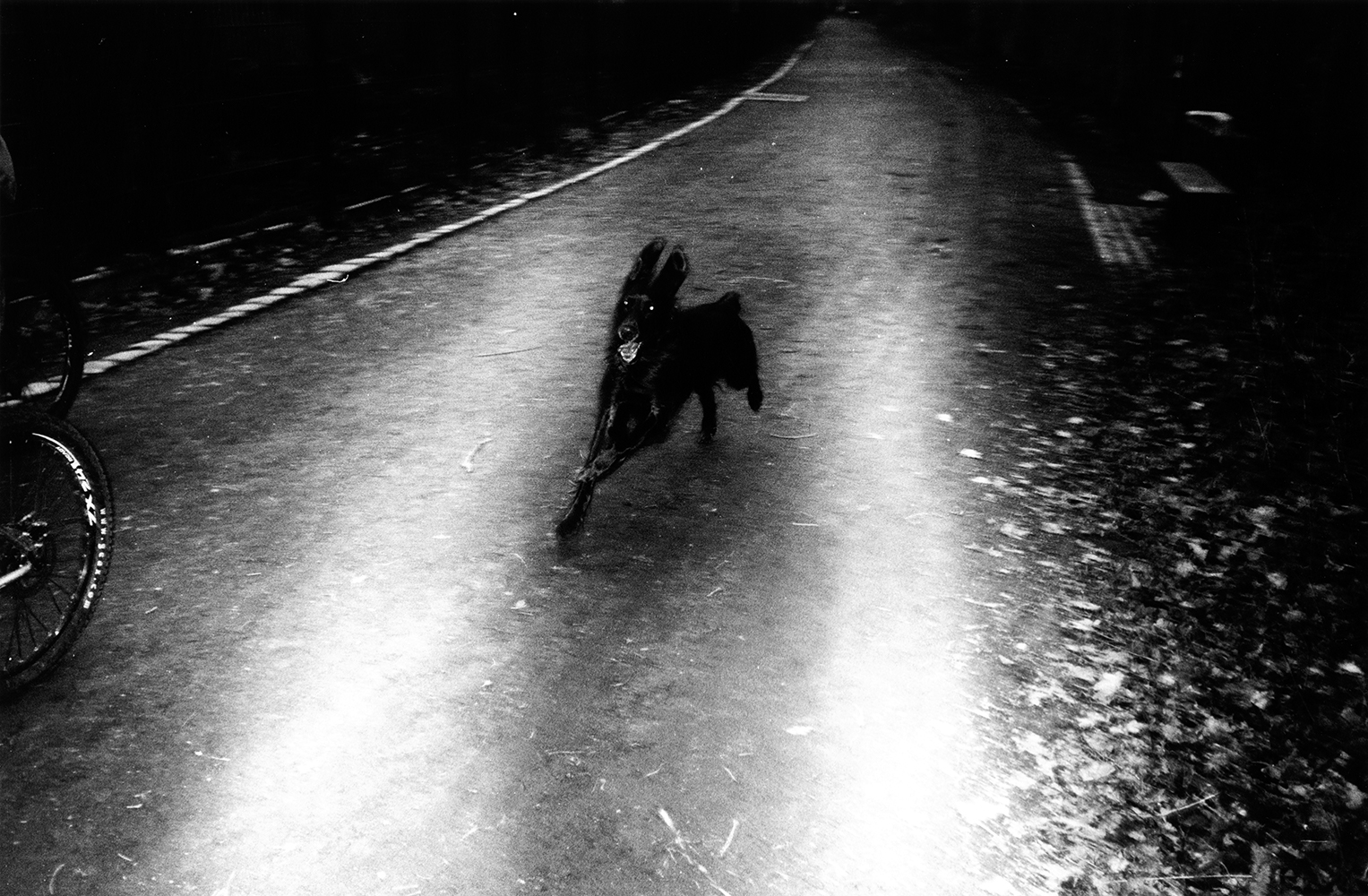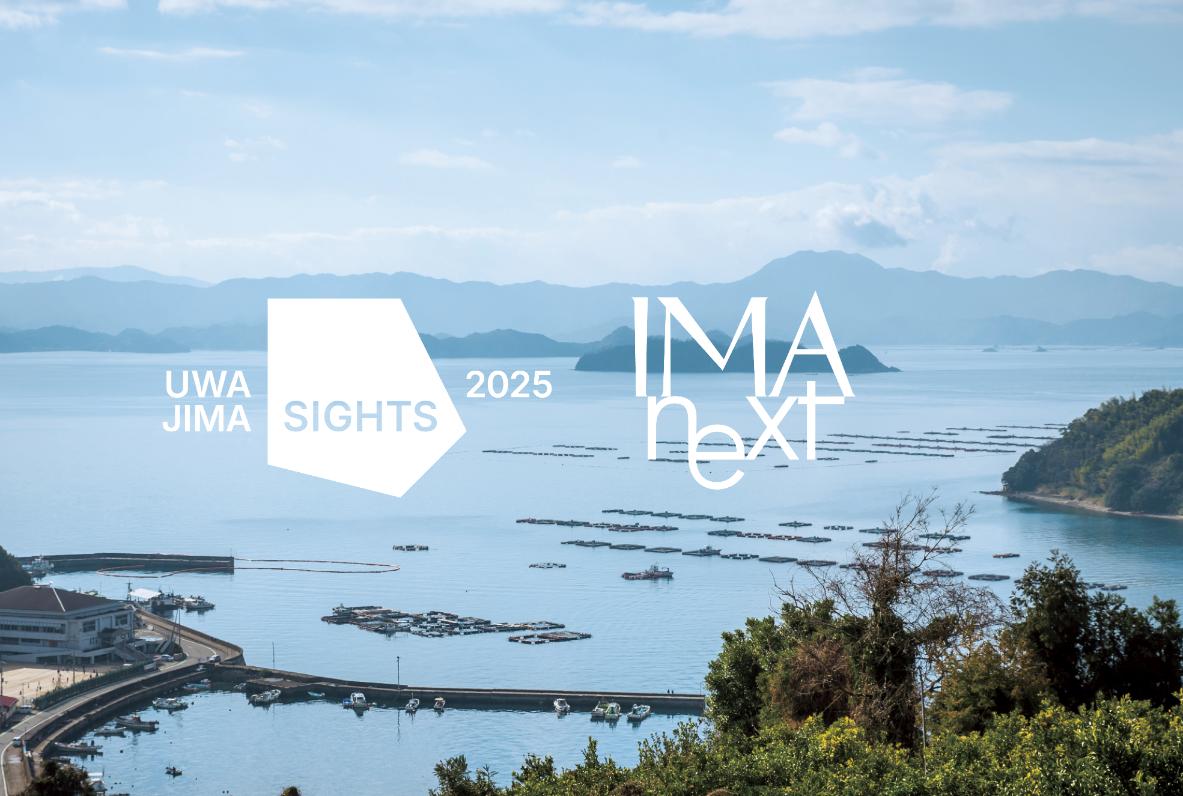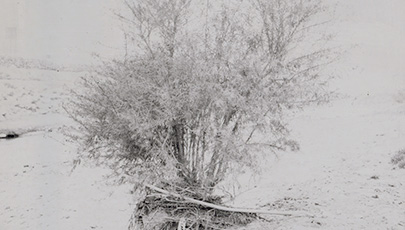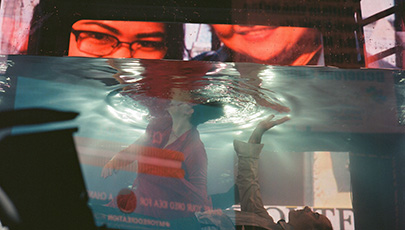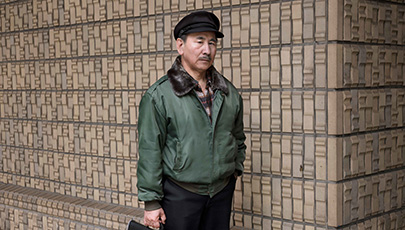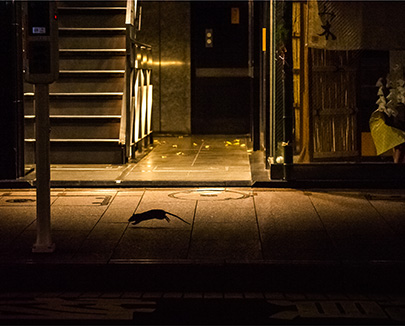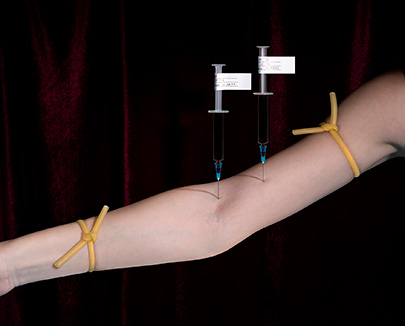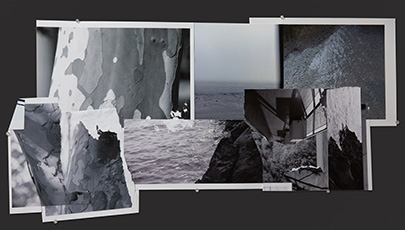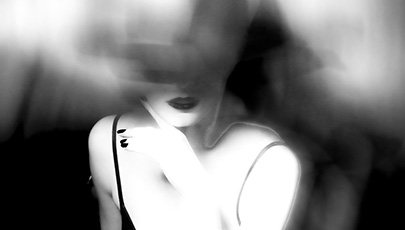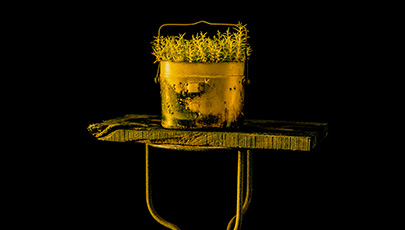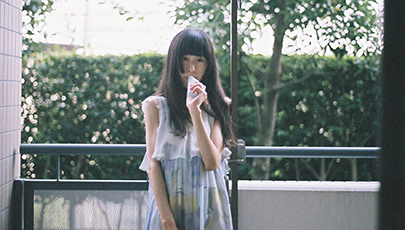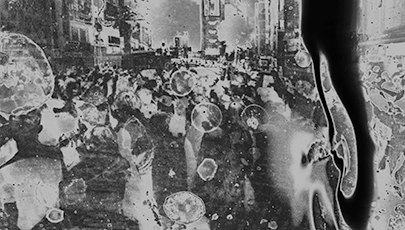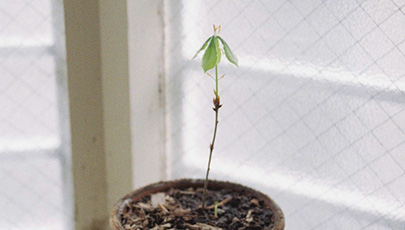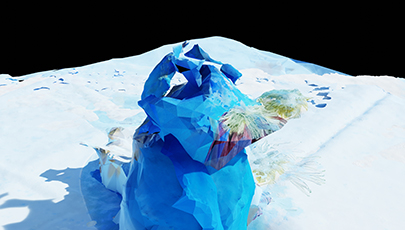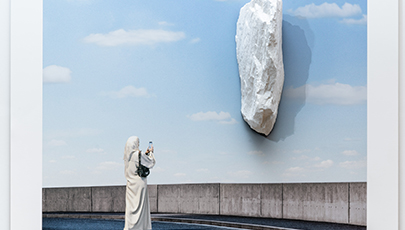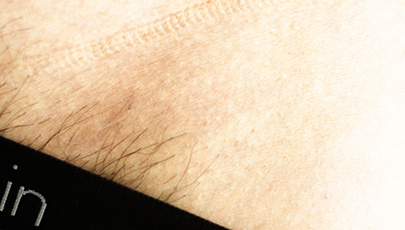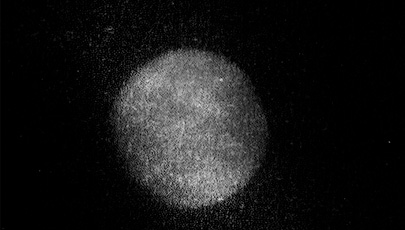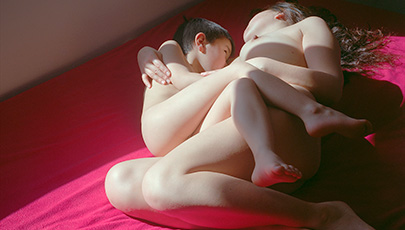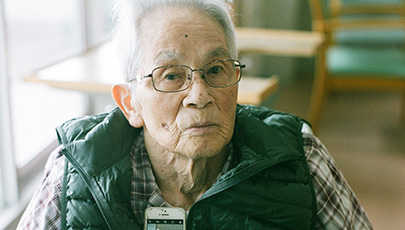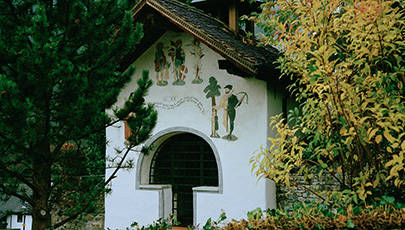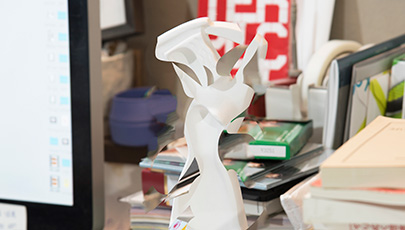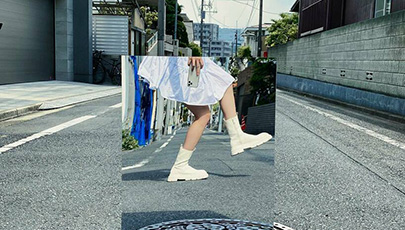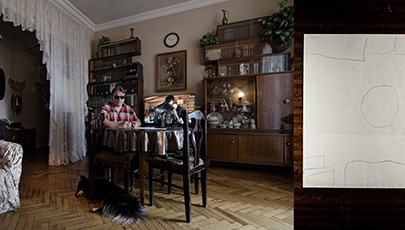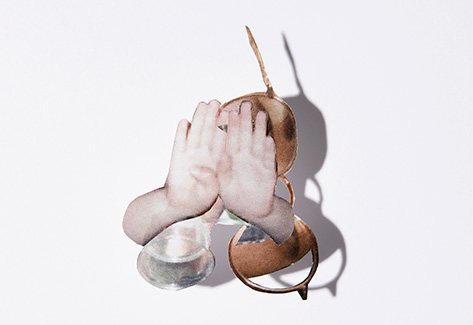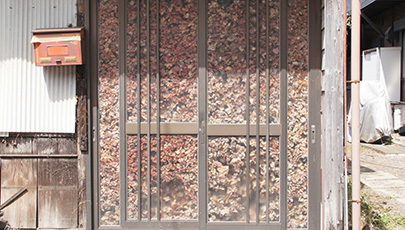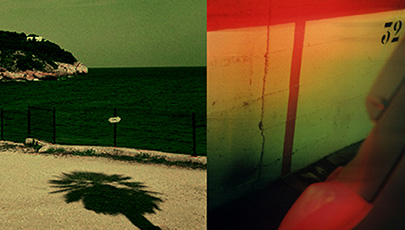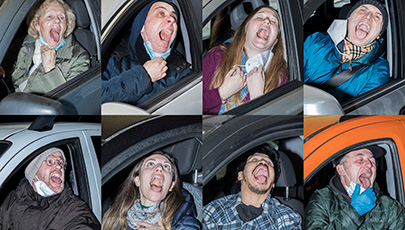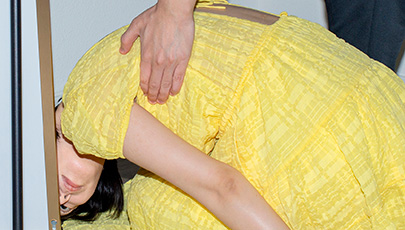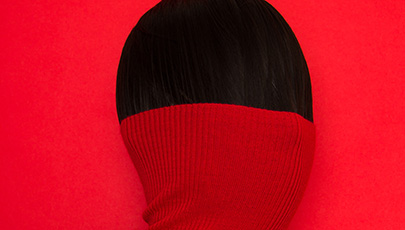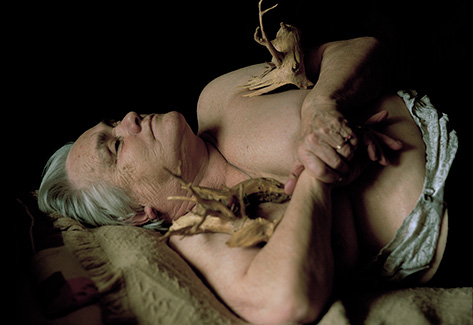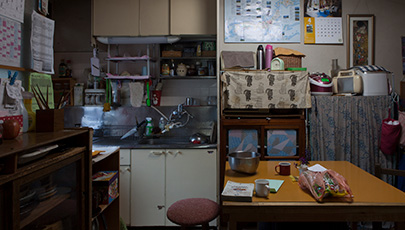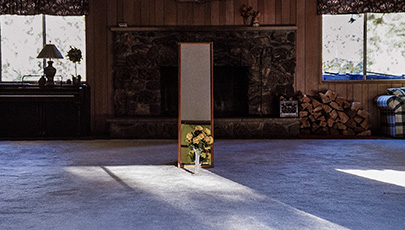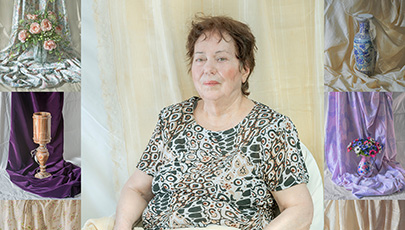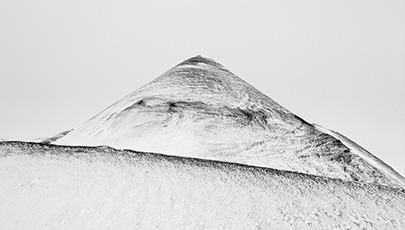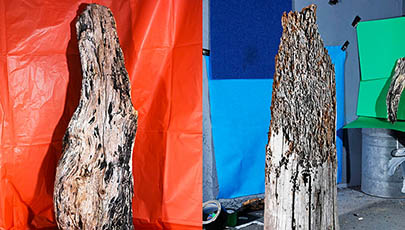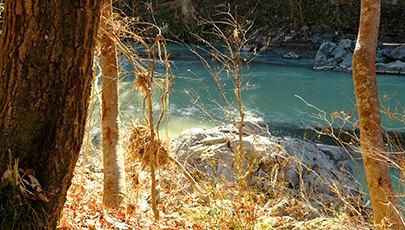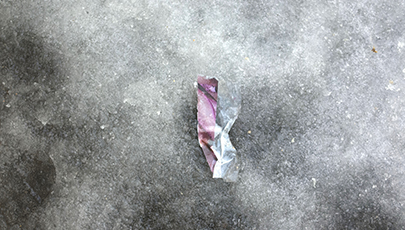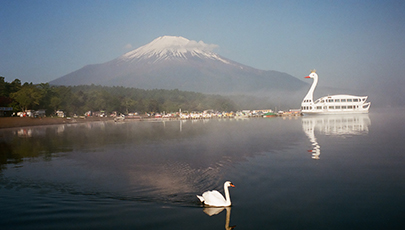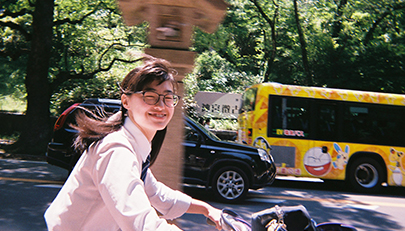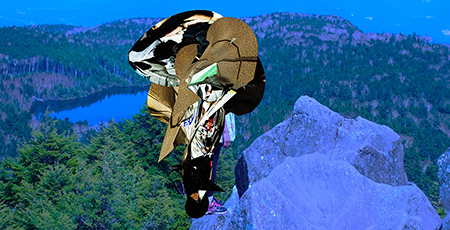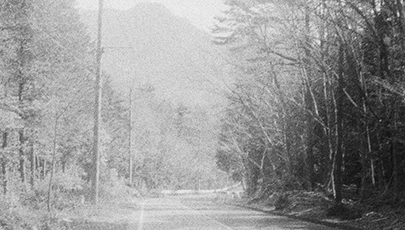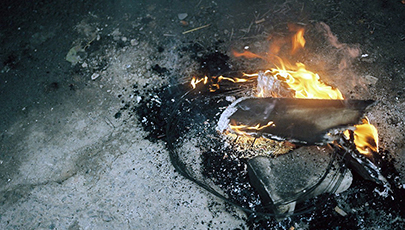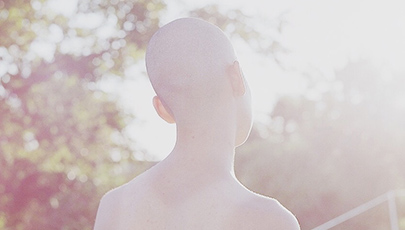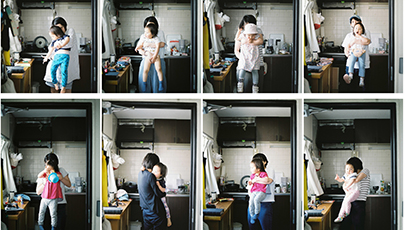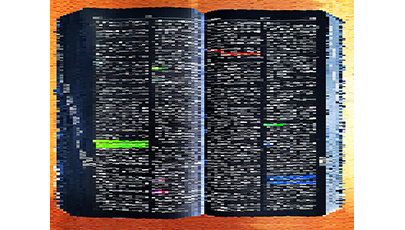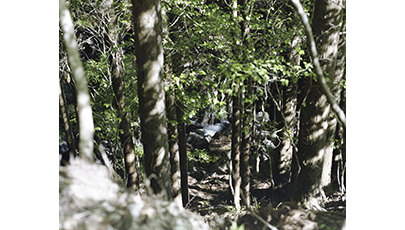THEME #16Winners2020OCT
STREET
WINNERS LIST
THEME SUMMARY
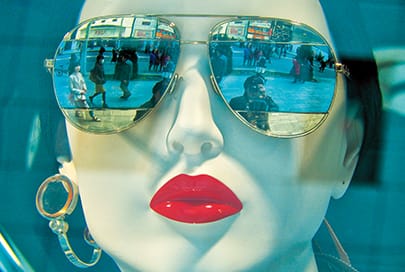
Courtesy of Akio Nagasawa Gallery
A place where people cross each other, a place full of encounters. The energy emitted by streets are chaotic yet evolves each day as if to materialize our human ambitions. On one hand, the cluttered paths that were once filling every corner of the cities have gradully disappeared due to the recent urban developments, on the other, we have reached the time where we can access any location in the world through Google Street. Studying the rapidly changing streets closely along with its past, present and future, we look forward to seeing your work challenging the idea od street snaps and revolutionarizing our preconceptions of street photography.
[Submission Period] from October 15 to January 5
JUDGE

Daido Moriyama
(写真家)
Born in Osaka in 1938. After launching his career as a designer, he became the assistant to Takeji Iwamiya in 1960. He was then, referred by Iwamiya to join the photographic collective VIVO and moved to Tokyo in 1961. With VIVO’s discontinuation, he became the assistant of Eikoh Hosoe and was involved in the production of Ordeal by Roses (Shueisha, 1963). In 1967, he received the New Artist Award from the Japan Photo Critics Association for his works, including the photo series “Nippon Gekijo” published in the photography magazine, Camera Mainichi. From 1968-70, he joined the experimental photography magazine Provoke from its second issue and made a lasting impact on Japanese photography with the release of a radical new style called ‘are-bure-boke’ (‘grainy, blurry, out-of-focus’ in Japanese). In 1974, his works were accepted by the “New Japanese Photography” exhibition that toured museums in the US, including the Museum of Modern Art (MoMA) in New York, Saint Louis Art Museum, and San Francisco Museum of Modern Art (SFMoMA). In 1999, a retrospective exhibition of his works was held at the SFMoMa, which then toured other museums including MoMA in New York. Other notable large-scale shows include solo exhibitions in 2003 and 2016 at the Fondation Cartier pour l’Art Contemporain and the joint exhibition with William Klein at the Tate Modern in 2013. In 2020, he held another solo exhibition, “Moriyama Daido’s Tokyo: ongoing” in Tokyo Photographic Art Museum followed by another joint exhibition with Shomei Tomatsu starting in November titled “Moriyama – Tomatsu : Tokyo” in Maison Européenne de la Photographie (Paris).
NOTE
Applicants under the age of 18 must obtain consent from a parent or guardian before applying. If an applicant is under 18, it will be assumed that consent has been obtained.
PRIZE
| Grand Prix | Prize money: ¥100,000 Runners-up Portfolio review by the judges or the IMA editorial team (please check the details on each theme’s page) Feature of the work on IMA ONLINE and IMA official social media |
|---|---|
| Shortlist | Feature of the work on IMA ONLINE and IMA official social media Portfolio review by the IMA editorial team |
| All Participants | Access to an exclusive live streaming session hosted by the IMA editorial team or the judges |
GUIDELINES
IMA next is a photo competition that aims to support emerging photographers to succeed in the art photography world.
| How to apply | Please proceed to the dedicated entry form via the “ENTRY” button on each theme page. Note that each theme has its own entry form. You may upload between 1 and 5 photos per entry. In that case, the works will be judged as a single series. If you wish to submit another series, please complete a separate entry. Before applying, please make sure to read the Terms and Conditions. Submission of your entry will be regarded as your agreement to them.
|
|---|---|
| Who can apply? | Applicants must be 16 years of age or older. Nationality, age, gender, and experience (professional or amateur) do not matter. Entries may be submitted by individuals or groups. |
| Submission period | Each theme will be open for submissions for approximately two months. A new theme will be announced each month, along with the start of its application period. |
| Image requirements | – All submissions need to be still photographs, no moving images will be accepted. All sorts of post-production processes are allowed. – DVD/Blue-Ray submissions will be rejected. – If the submitted work is deemed non-photographic, it may not be judged. – One entry can include up to five files, each up to 10 MB in size. – Any work that violates the rights of a third party (copyright, trademark right, portrait rights) cannot be submitted. If the work includes anything created by a third party (art work, films, photographs, music…etc.) and if it may concern any other rights, there is a need for you to have gotten permission from all party involved before you enter. |
